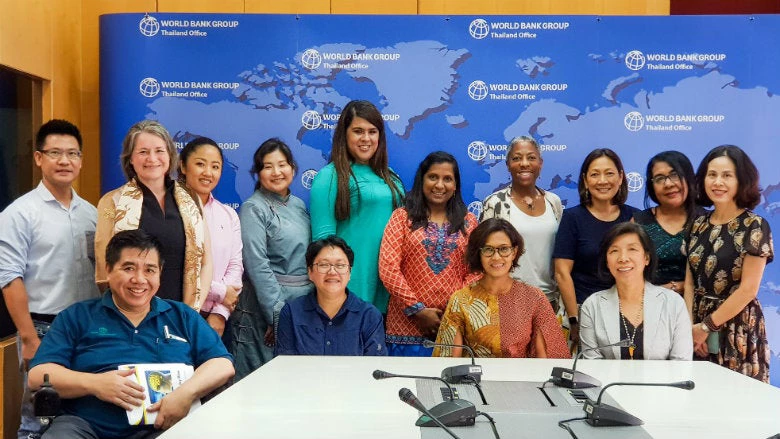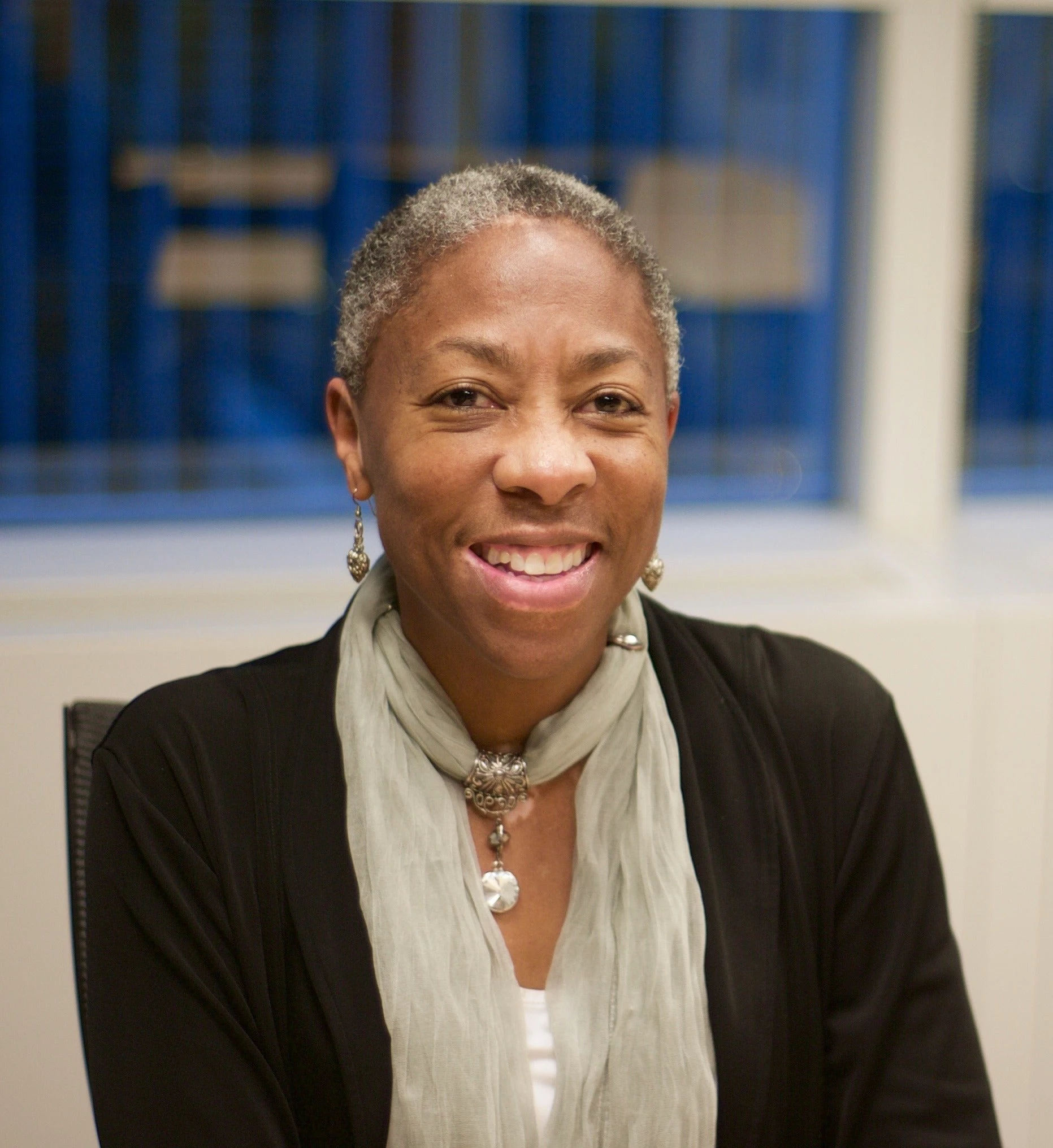 The Learning Forum was the first opportunity for diversity and inclusion representatives in this region to come together to get intense training to prepare them for their roles.
The Learning Forum was the first opportunity for diversity and inclusion representatives in this region to come together to get intense training to prepare them for their roles.
Last week, I realized I have an unconscious bias. Against the weather.
I was in Bangkok to deliver the regional Learning Forum for East Asia Pacific country office diversity and inclusion representatives. As I walked around on Sunday afternoon, with temperatures above 32 degrees Celsius, noticing all of the Christmas and holiday decorations, something in my brain told me that something was just not right. Over the next three days, while teaching the forum, I realized what it was.
As a global organization that has embraced the twin goals of ending extreme poverty and boosting shared prosperity, we are committed to fostering and strengthening diversity and inclusion in both our work and our workplace. We are committed to a workplace where everyone is valued, differences are respected and celebrated, and opportunity and equitable treatment is afforded to all. Ensuring diversity is integrated into our daily work means creating a culture and practices that recognize, value and harness what makes every individual unique in the broader sense, by acknowledging and respecting differences including nationality, gender and gender identity, race, religion, ethnicity, age, sexual orientation, disability, and educational background.
The Learning Forum was the first opportunity for diversity and inclusion representatives in this region to come together to get intense training to prepare them for their roles. Selected by their management units for a two-year term, the representatives are focal points for diversity and inclusion issues in the field and an interface between their country office senior leadership teams, the World Bank Group Diversity and Inclusion Office, the World Bank Group Council on Diversity and Inclusion, and Human Resources. They work with these partners to integrate diversity and inclusion into their units and country office by raising issues, assisting with specific initiatives, monitoring trends and sharing information on corporate initiatives and best practices.
The foundation for the Learning Forum was a series of workshops on unconscious bias, or “hidden” bias, and how it can impact the workplace. The diversity and inclusion representatives from Thailand, Indonesia, Laos, Malaysia, Mongolia, Timor Leste, Vietnam, and the Philippines were joined by other staff from the Bangkok office to explore their own biases which might affect their ability to make objective decisions or judgements.
You may ask, why bias – why not focus on something more positive? First, a bias is simply a tendency or inclination that results in judgment without question. It is neither inherently positive nor negative. It is simply a shortcut to interact with the world. For instance, if you see a dorsal fin in the water, you probably won’t wait to see if it’s a dolphin or a shark. Your inclination (bias) will most likely be swim or run to safety.
On the other hand, an unconscious bias is a bias or pattern that we are unaware of and which happens without awareness, intention, control. It happens automatically and is triggered by our brain making quick judgments and assessments of people and situations, influenced by our background, cultural environment, and personal experiences. In my case, as I saw the holiday decorations, it was my personal experience of spending Decembers in the northern United States, where holiday decorations were always placed on a snow-covered ground. Without the snow, my brain kept trying to tell me that something was a little off.
But over the course of the three days, while I worked with the representatives as they participated in the workshops, learned how to train their own teams on unconscious bias in action, and strategized how to bring everything back to their own offices, they offered me the chance to learn more about myself. Part of that learning journey was letting go of the need for snow in December and enjoying the decorations for what they were – a beautiful sign of the season, no matter what the weather. And perhaps enjoy them just a bit more, as they also meant I wouldn’t have to shovel snow!


Join the Conversation